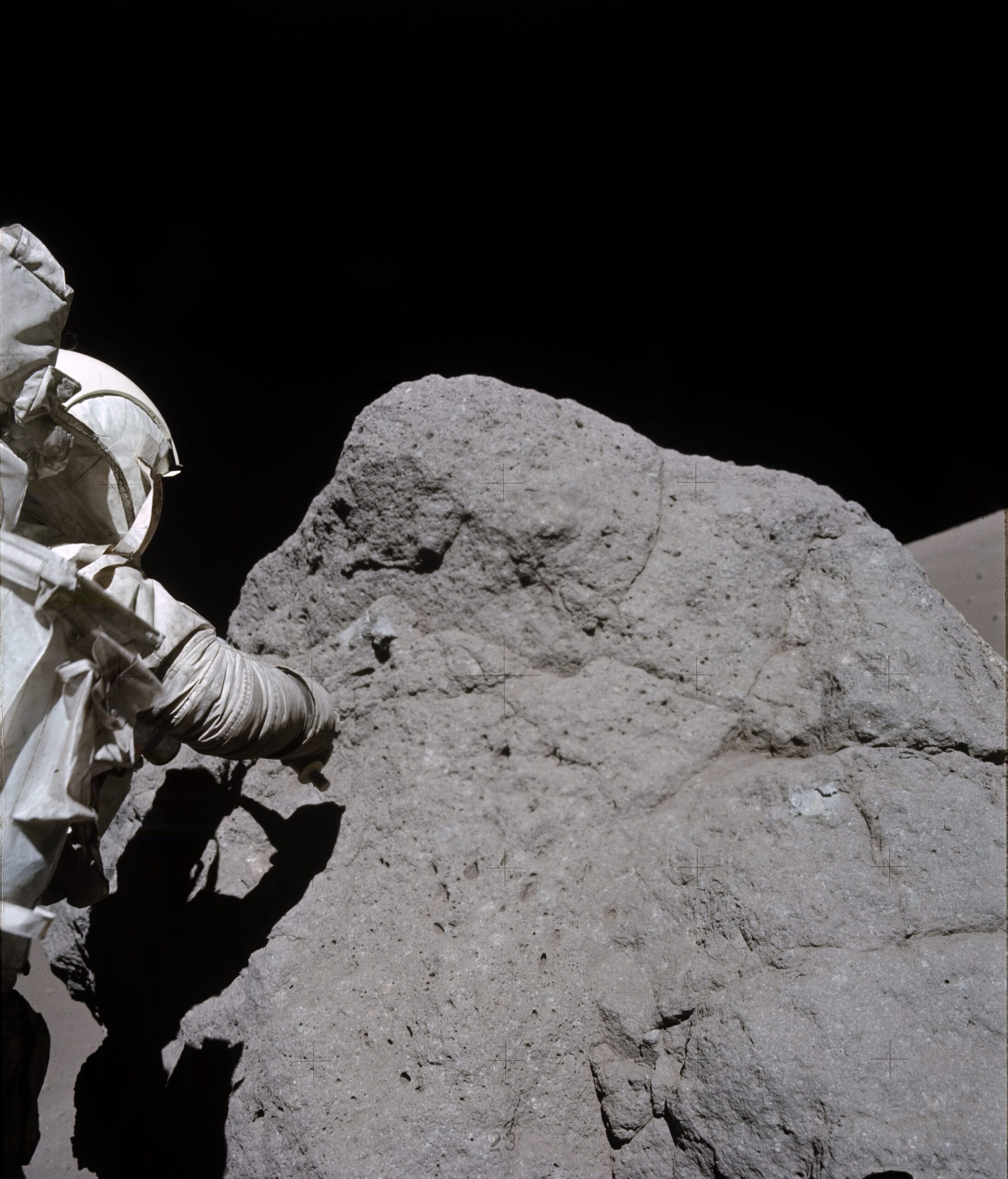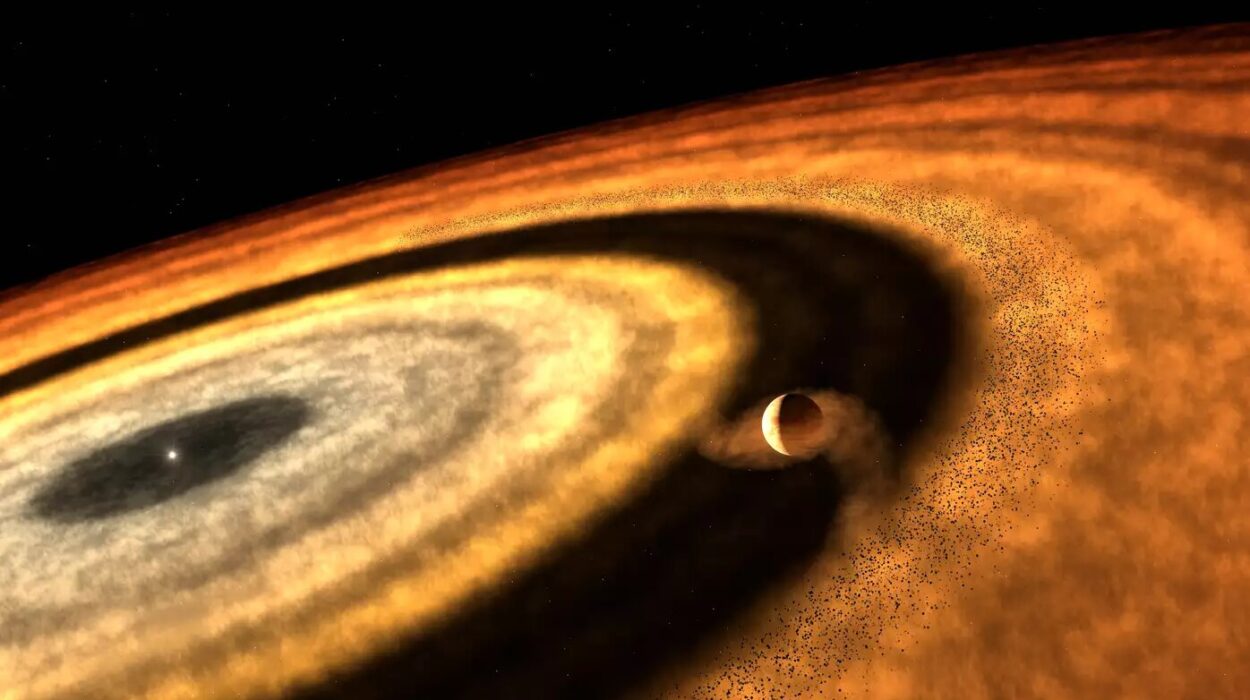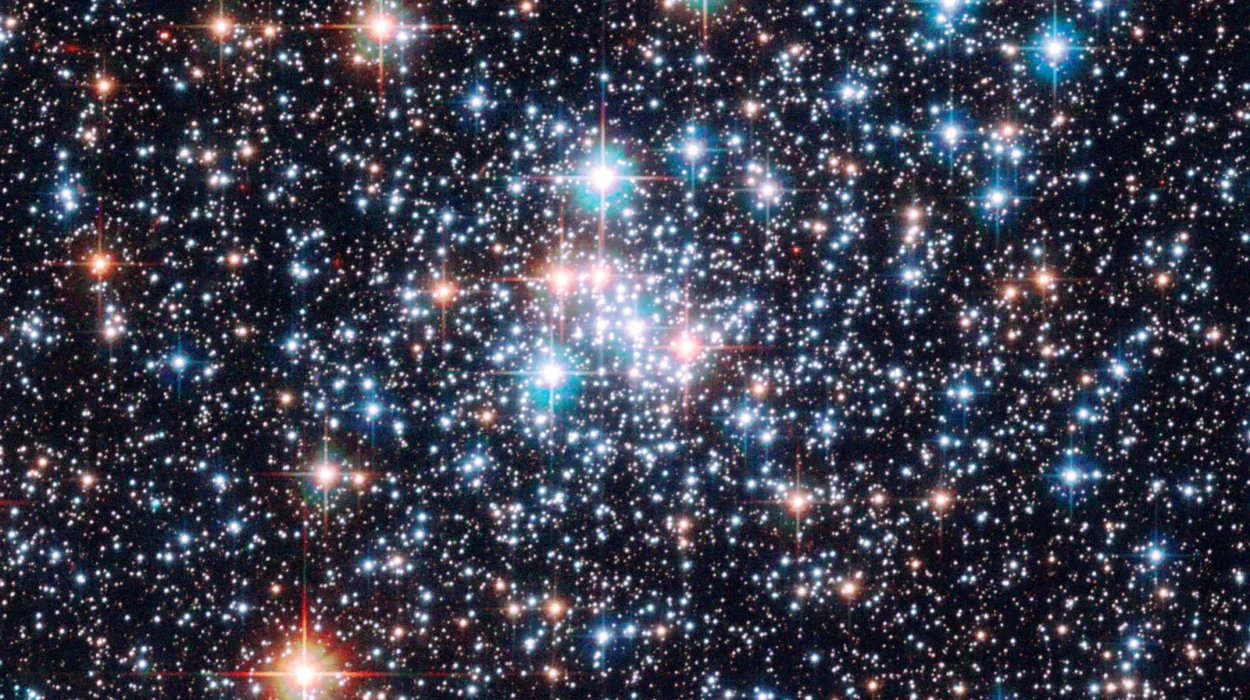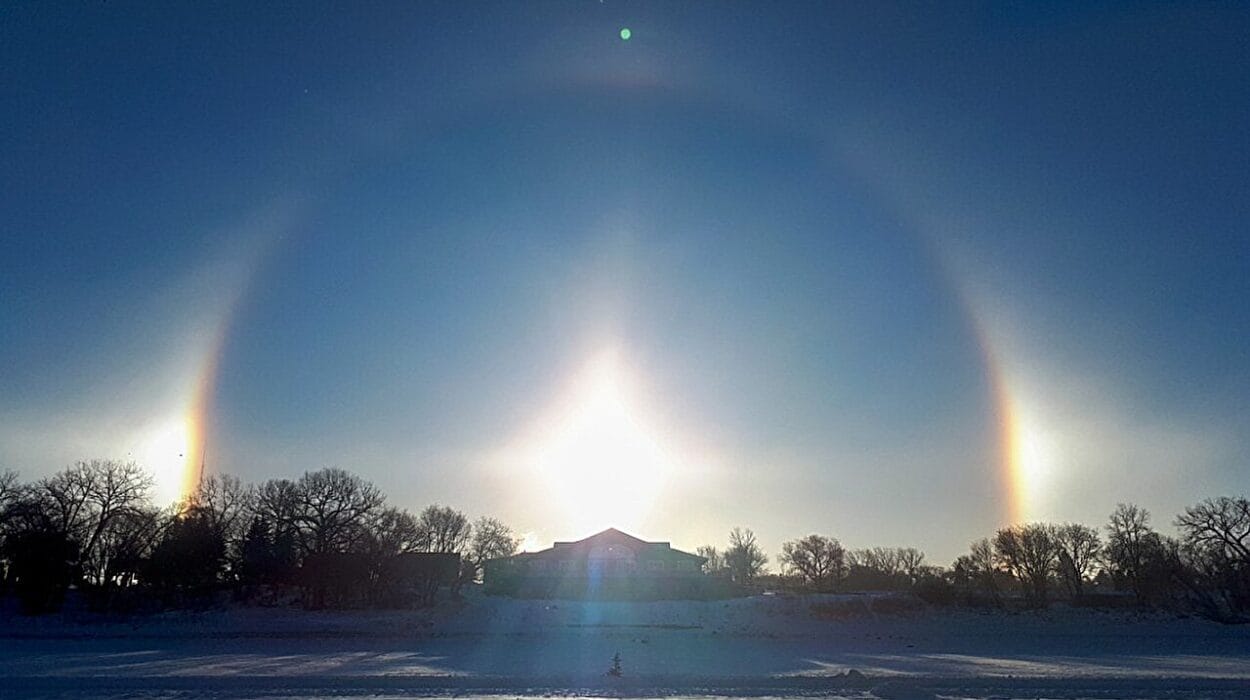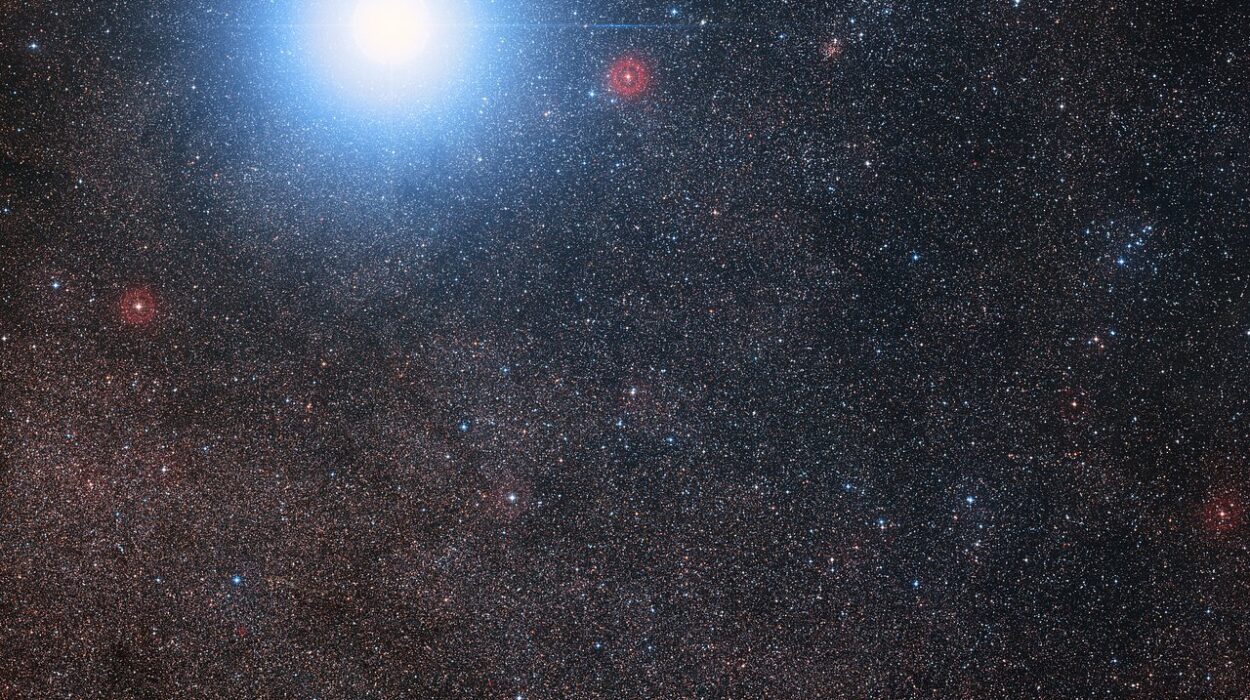For over half a century, scientists believed that meteorite impacts were the primary architects of the Moon’s surface features—rockfalls, boulder trails, and landslides that dot the lunar landscape. But a groundbreaking new study is rewriting that narrative, revealing that deep within the Moon’s quiet facade lies a more dynamic and potentially hazardous force: moonquakes.
In a paper published in Science Advances, researchers Thomas R. Watters, Senior Scientist Emeritus at the Smithsonian Institution, and Nicholas Schmerr, Associate Professor of Geology at the University of Maryland, unveil compelling evidence that ancient—and possibly ongoing—seismic activity is responsible for reshaping parts of the Moon’s terrain, particularly around the Taurus-Littrow valley, the final landing site of the Apollo 17 mission in 1972.
Their findings not only revise our understanding of lunar geology but also raise urgent concerns about the safety of future crewed missions and long-term lunar habitats planned under NASA’s Artemis program.
A New Lens on an Old Landscape
The Taurus-Littrow valley, nestled near the Moon’s equator and flanked by towering massifs, was once thought to be a relatively stable region. When astronauts Eugene Cernan and Harrison Schmitt explored it in December 1972, they documented an impressive array of geological features—slumped cliffs, fallen boulders, and disturbed regolith. For decades, the prevailing assumption was that these formations resulted from meteor impacts or the slow, inexorable effects of thermal expansion and contraction.
But Watters and Schmerr saw something else in the scars of the valley—something deeper and more dynamic.
“We found that ground shaking from moonquakes, rather than impacts, is likely responsible for much of the displaced terrain we see around the Apollo 17 site,” Schmerr explained. “That insight changes how we think about the Moon’s tectonic activity and how active it might still be.”
Fault Lines Beneath the Silence
Because the Moon lacks the dense atmosphere and water that drive many geological processes on Earth, its surface evolution was long considered largely passive. But in the past two decades, high-resolution imaging from NASA’s Lunar Reconnaissance Orbiter has revealed something remarkable: thousands of small, fresh-looking fault scarps scattered across the Moon’s surface.
One such fault—known as the Lee-Lincoln fault—runs directly across the Taurus-Littrow valley floor. It is part of a global network of thrust faults created as the Moon’s interior cools and contracts, causing the crust to buckle and break. Unlike tectonic faults on Earth that form due to shifting plates, these lunar faults are the result of the Moon’s slow thermal evolution—a planetary shrinking process that continues to this day.
Watters and Schmerr examined boulder trails, landslides, and slope failures recorded by Apollo astronauts and orbital imagery. Their conclusion: seismic shaking along these faults—moonquakes—was the trigger.
To estimate the magnitude of these quakes, the researchers developed models based on the observed displacements and slopes where material had moved. They found that moonquakes around magnitude 3.0—minor by Earth standards but potentially devastating in low-gravity conditions—have repeatedly shaken the region over the past 90 million years.
A Subtle but Persistent Threat
Seismic activity on the Moon is far less frequent than on Earth, but it’s not negligible—especially when planning for the kind of sustained presence envisioned by the Artemis program.
“We don’t have strong-motion instruments on the Moon like we do on Earth,” Schmerr said. “So we had to use proxy indicators—how far and how often boulders have fallen, for example—to reconstruct the intensity of past shaking events.”
Their calculations revealed a sobering possibility: there is a roughly 1-in-20-million chance of a potentially damaging moonquake occurring on any given day near an active fault. That sounds like an astronomically low risk—until it’s multiplied over the timescales relevant to future lunar bases.
“If you have a habitat or a human mission on the Moon for a decade, that’s 3,650 days,” Schmerr noted. “The cumulative risk becomes about 1 in 5,500. That’s no longer insignificant—it’s in the ballpark of real-world engineering decisions.”
As mission durations lengthen and permanent infrastructure is built, the exposure to seismic risk rises accordingly.
Lessons from Apollo, Warnings for Artemis
The short stays of Apollo missions—ranging from a few hours to a few days—meant that the chances of astronauts experiencing a moonquake were vanishingly small. But Artemis aims for something far more ambitious: permanent bases, advanced habitats, and perhaps even lunar cities.
The design of future landers and structures must take seismic risk into account. “We’re talking about very tall, narrow spacecraft like SpaceX’s Starship being used as a lunar lander,” Schmerr said. “Those high aspect-ratio designs are especially vulnerable to lateral shaking. A well-placed moonquake could jeopardize their stability.”
Additionally, Watters emphasized the importance of terrain analysis when selecting sites for lunar bases. “You don’t want to build on top of or too close to a scarp or a fault that might still be active,” he said. “It’s like building a house on an earthquake fault line on Earth—only the risks play out over longer timescales.”
Paleoseismology Beyond Earth
The study also opens a new chapter in the emerging field of lunar paleoseismology—the reconstruction of ancient seismic events based on geological clues. On Earth, scientists dig trenches along faults to reveal sedimentary records of earthquakes. On the Moon, there are no sediments, no water, and no weathering, so researchers must rely on clever forensic work, like tracing the paths of fallen rocks or analyzing subtle slope changes.
“The Moon keeps its scars much longer than Earth does,” said Schmerr. “That makes it a perfect place to study tectonic processes in a relatively preserved environment. And the technology we have now—combined with what’s coming in Artemis—will allow us to take that to the next level.”
With new lunar seismometers planned for deployment, capable of measuring ground acceleration far more precisely than their Apollo-era predecessors, scientists hope to catch future moonquakes in real time. These instruments will also help map the Moon’s interior, improving our understanding of its thermal evolution, tectonic activity, and long-term habitability.
The Moon Is Not Dead—It’s Just Quiet
For centuries, the Moon was thought to be a geologically “dead” world—a frozen remnant of early solar system history. But studies like this one are painting a far more dynamic picture.
“The Moon is not dead. It’s just quiet—and slowly cooling,” said Watters. “That slow contraction continues to generate stress in the crust, which gets released through seismic events.”
And though the Moon doesn’t roar like Earth, its tremors carry profound implications. As humans prepare to return not just for short visits but to stay, understanding those tremors becomes more than an academic exercise—it becomes a matter of safety, sustainability, and survival.
A Planetary Puzzle with Human Stakes
The revelation that moonquakes, not meteor impacts, are driving major geological changes near Apollo 17’s landing site is more than a scientific curiosity. It’s a paradigm shift in our understanding of lunar evolution—and a timely wake-up call for space agencies and engineers designing humanity’s next outpost.
“It’s one thing to explore the Moon,” Schmerr said. “It’s another to live there. We want to make sure we’re building a foundation that can stand the test of time—and tremors.”
As Artemis astronauts prepare to plant their boots back on lunar soil, they will walk not only in the footsteps of pioneers but on terrain still rumbling with ancient, invisible forces. The Moon, it seems, has a heartbeat—and it may yet shake the future we dream of building there.
Reference: Thomas R. Watters et al, Paleoseismic activity in the moon’s Taurus-Littrow valley inferred from boulder falls and landslides, Science Advances (2025). DOI: 10.1126/sciadv.adu3201
